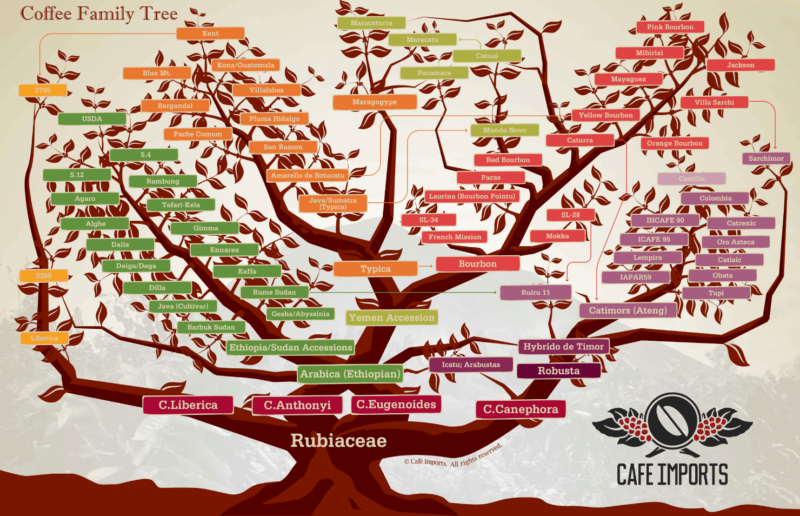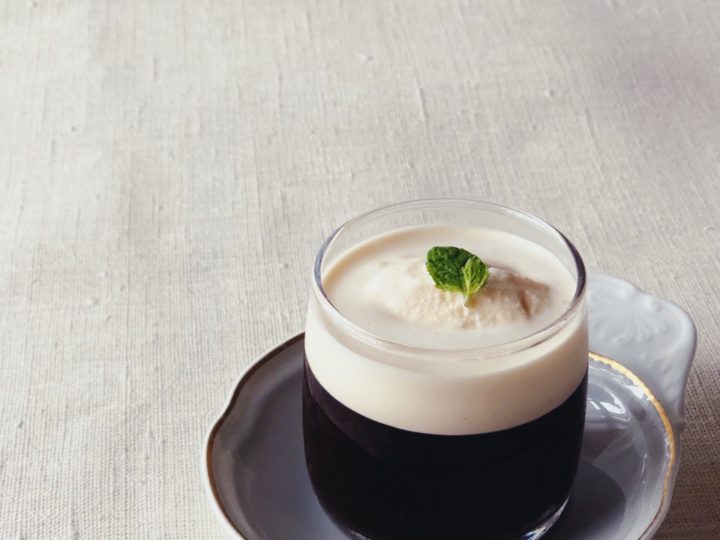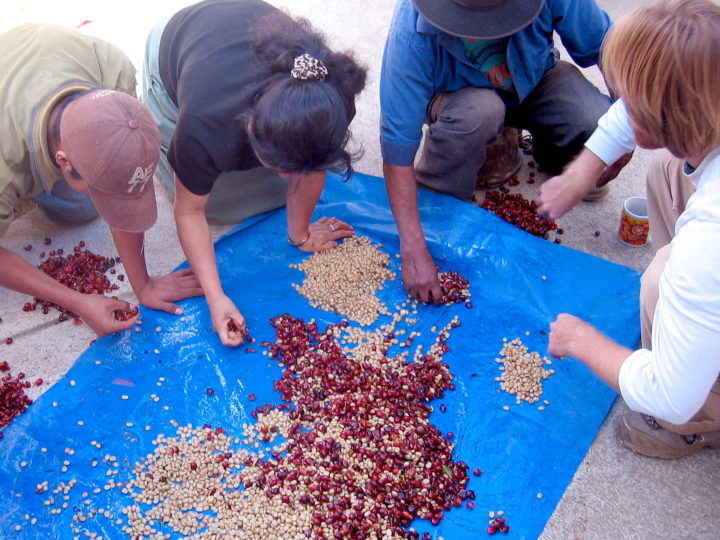What do you think coffee is? fruit? seed? Or beans? Familiar coffee beans that we usually look at casually. However, coffee as a plant has a subtle depth. Here, we will explain “coffee”, which tends to be difficult, in an easy-to-understand and easy-to-understand manner.
coffee plant as a plant
“Coffee tree” This is a tree that grows coffee fruit. There are currently 129 known species. However, among them, only two types are cultivated for “coffee”. These are Arabica and Canephora (Robusta).
Arabica, which accounts for 65% of the coffee produced, is native to the Ethiopian plateau. Suitable for cultivation in cool highlands at altitudes of 1,000 to 2,000m. On the other hand, caponella (robusta) is more disease resistant than Arabica and grows well in lowlands.
This Arabica and Robusta are the same coffee plant, but they have different tastes. It is generally said that Arabica is superior, and most of the specialty coffees in the world are Arabica. However, not all Arabicas are used for specialty coffee. Among Arabica beans, it is necessary to use beans with particularly high quality. Here, we introduce representative varieties that are often cultivated in the world of specialty coffee.

About varieties
Typica
One of the two major cultivars that separates Bourbon. Among the Arabica varieties, it is the closest to the original. A descendant of the Dutchman de Crew in 1723. The fruit is red and has an excellent flavor, but the production volume is small.
bourbon
One of the two main varieties of coffee. A descendant introduced from Yemen to the island of Réunion (Bourbon). It is a mutation of the Typica variety and has a unique sweetness. Beans are tiny. Depending on the type of fruit, there are variations such as red, yellow, and orange.
Caturra
Mutant of the Bourbon variety discovered in 1937 in Brazil. Popular variety in Colombia and Central America. The higher the altitude, the higher the quality, but the lower the yield. The trees do not grow tall, so they are suitable for hand picking.
Mundo Novo variety
A natural hybrid of Typica and Bourbon made in Brazil. Mundo Novo means “New World” in Portuguese. It is named after the place in Brazil where the species was discovered in the 1940s. It grows well even at low altitudes of 1,000-1,200m. Currently, it is one of Brazil’s main products, along with Caturra and Catuai.
catuai
A successor to Caturra and Mundo Novo developed by Campinas Agricultural Experiment Station in Brazil in the 1950s and 1960s. It combines the strengths of the Caturra and Mundo Novo and is suitable for productivity and durability.
SL28
In 1930, the Scott Research Institute (SL) in Kenya selected from a drought-tolerant variety native to Tanzania. It has a large size and bears large fruits, and has a rich flavor full of fruit.
SL34
This is also selected from the Bourbon variety called “French Mission” by Scott Research Institute (SL) in Kenya. Although the flavor is said to be slightly inferior to SL28, it still has a strong fruit flavor and is suitable for specialty coffee.
Geisha
In recent years, a high-end variety that has attracted the most attention. Named after the name of a town in western Ethiopia “geisha”. It is characterized by a gorgeous scent like flowers and perfume. In 2004, Panama’s Esmeralda plantation put it out at a competition and won the world’s highest price at the time, and it gained worldwide fame at once.
Sudanese rume seed
A rare variety of coffee that is said to have its roots in the Lume Valley in the Boma Plateau of Sudan, near the border with Ethiopia. It is believed to be descended from a native species of Ethiopia and was discovered in 1942. It has provided DNA for breeding because it is resistant to rust, but it has come to the market with the recent increase in demand for rare coffee.
Sidra species
A new breed born as a hybrid of red bourbon and Typica at a research farm in Ecuador, South America. Combining exceptional quality in terms of aroma, taste and flavor, it is attracting attention in the specialty coffee market. Planting has just started in 2016. The planted area is still small and the rarity value is high.
Hybrid Timorese
A hybrid of Arabica and Robusta found in East Timor in the 1940s. Resistant to rust. It is attracting attention as a variety that combines the advantages of both species.
heirloom species
A native species grown in Ethiopia. Due to the large number of varieties, the details have not yet been elucidated, but it is said that many of them have a taste that captures the characteristics of the land and climate compared to breeding hybrids.
Order high quality coffee from micro roasters
Comments (0)
Leave a reply
You must be logged in to post a comment.




